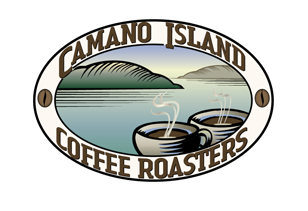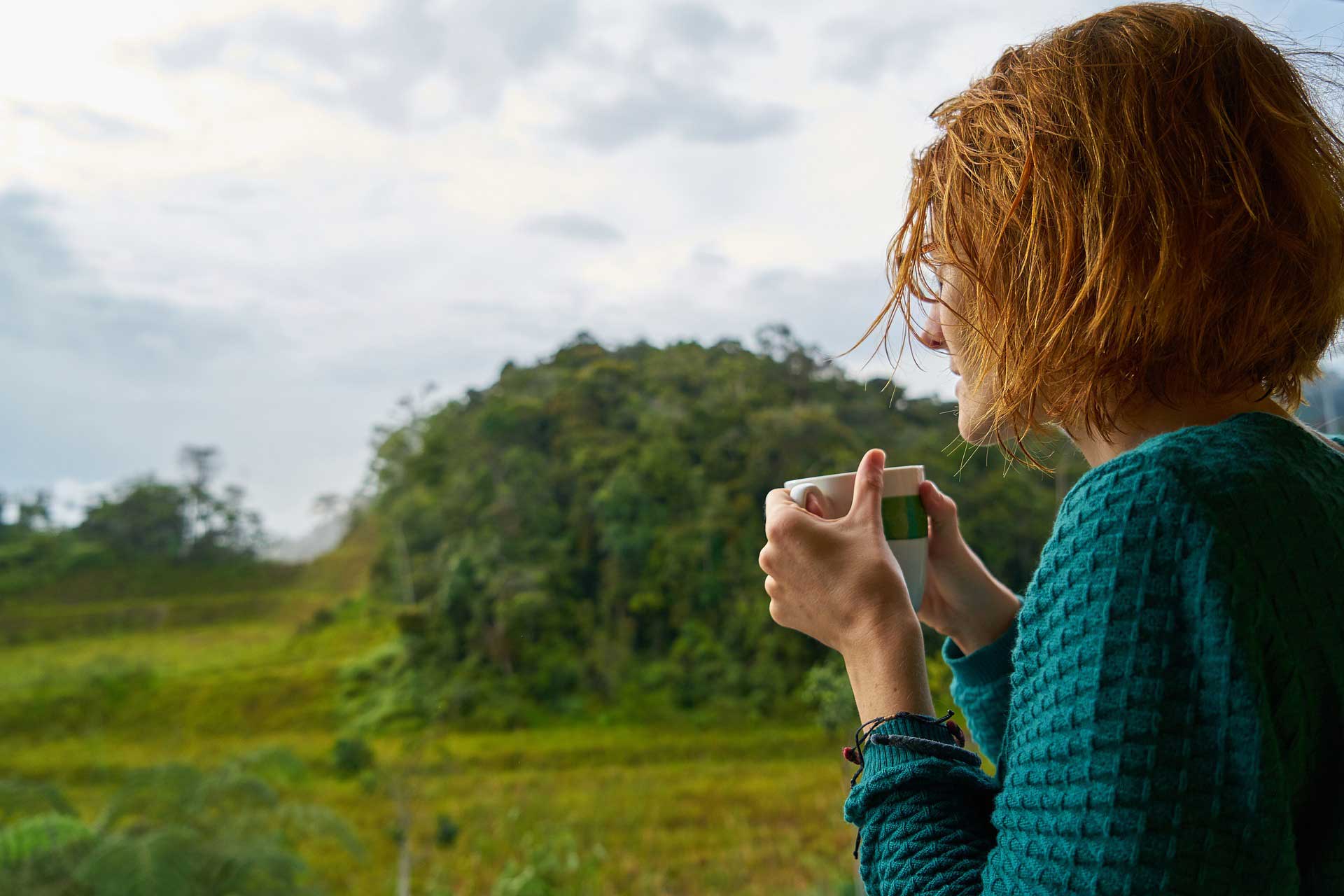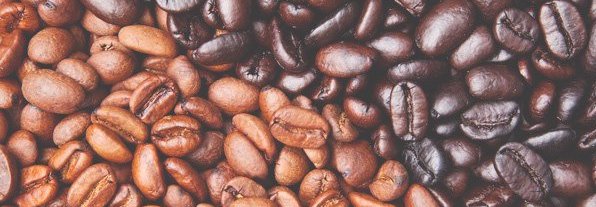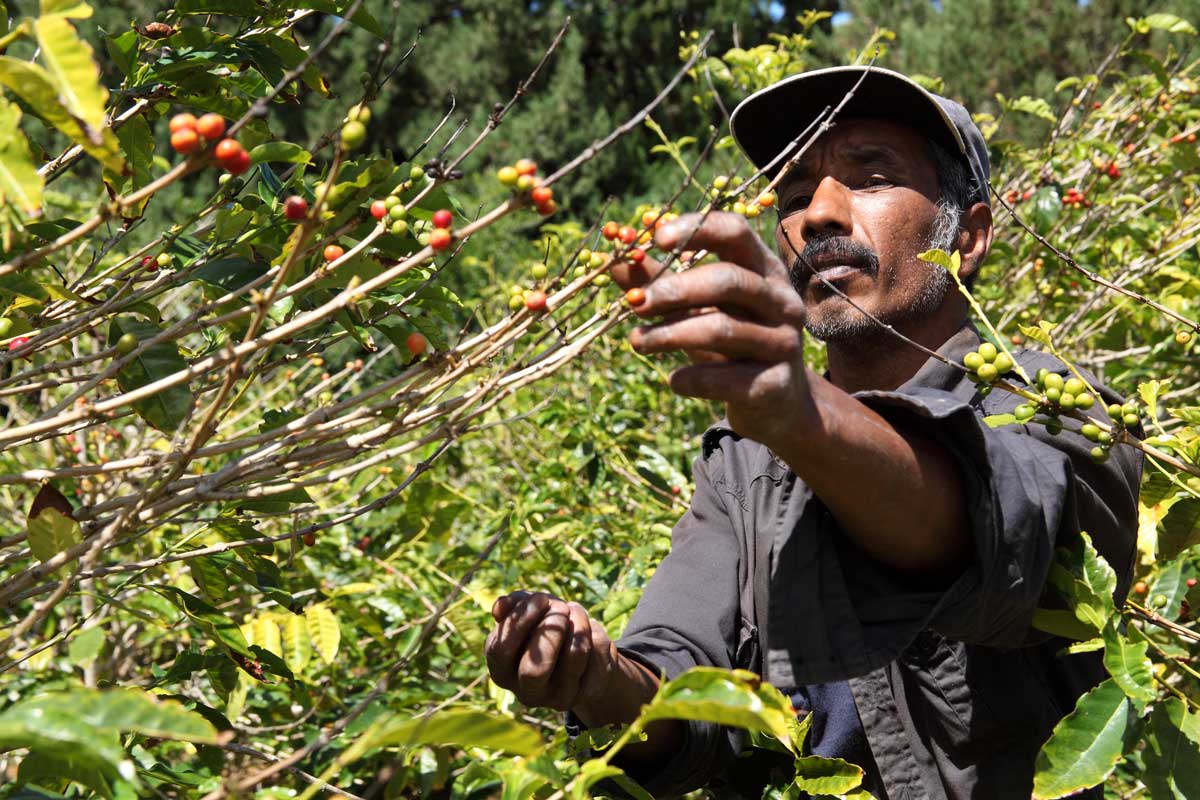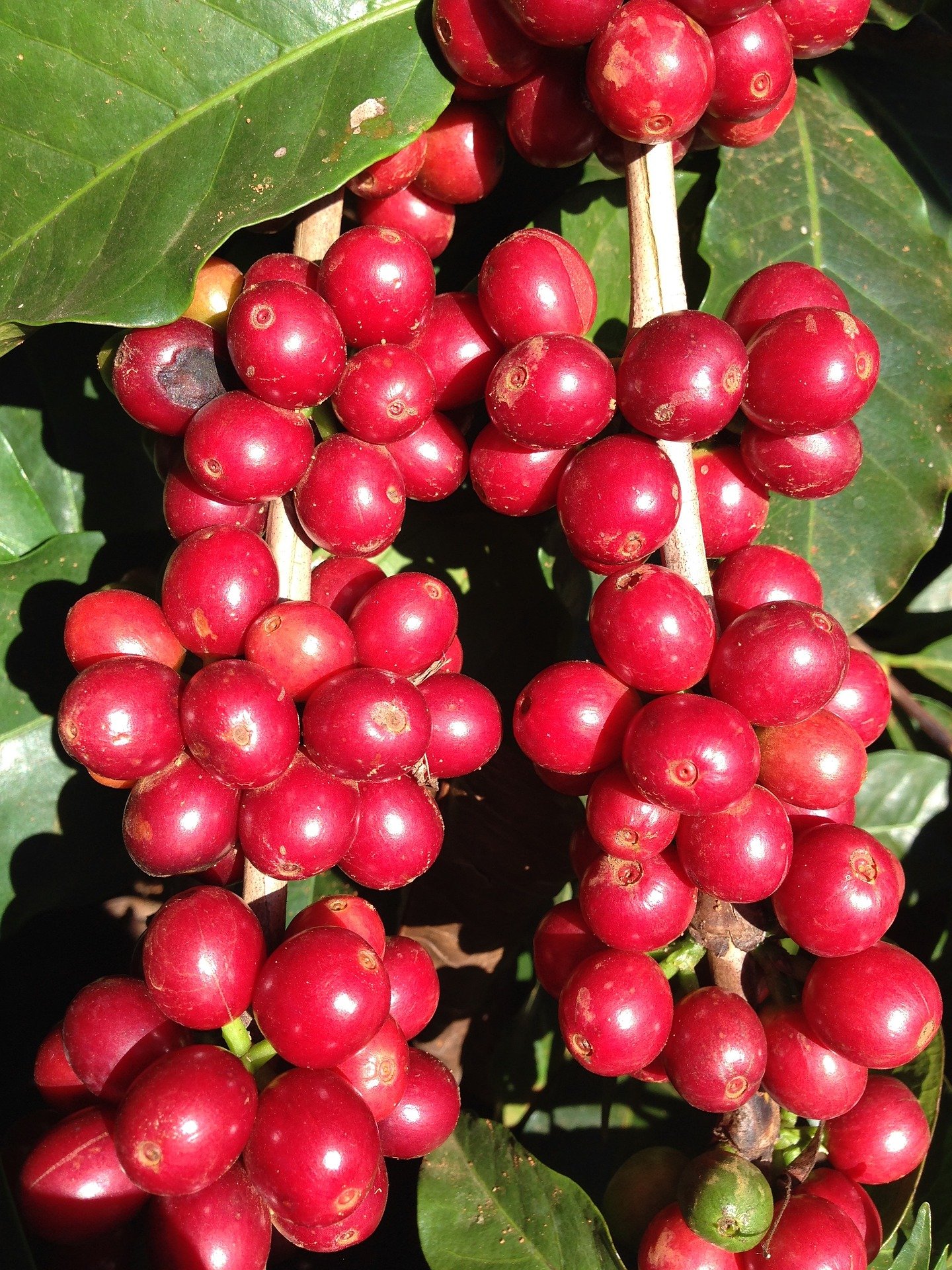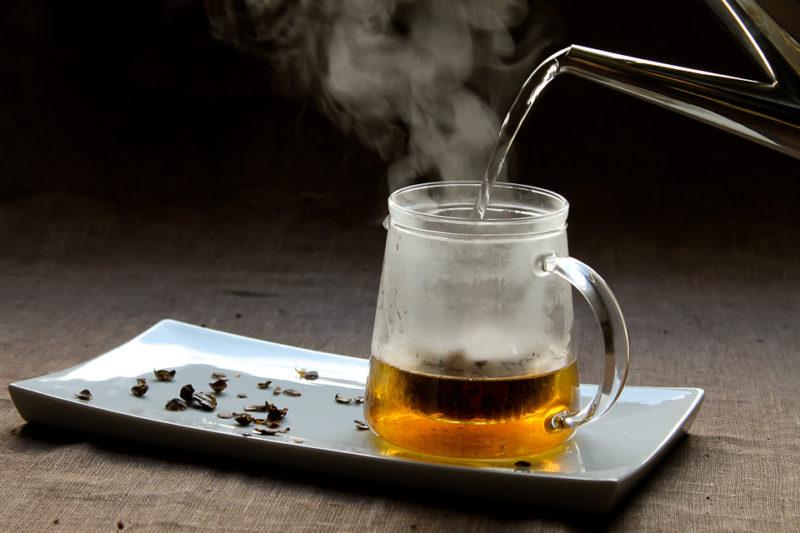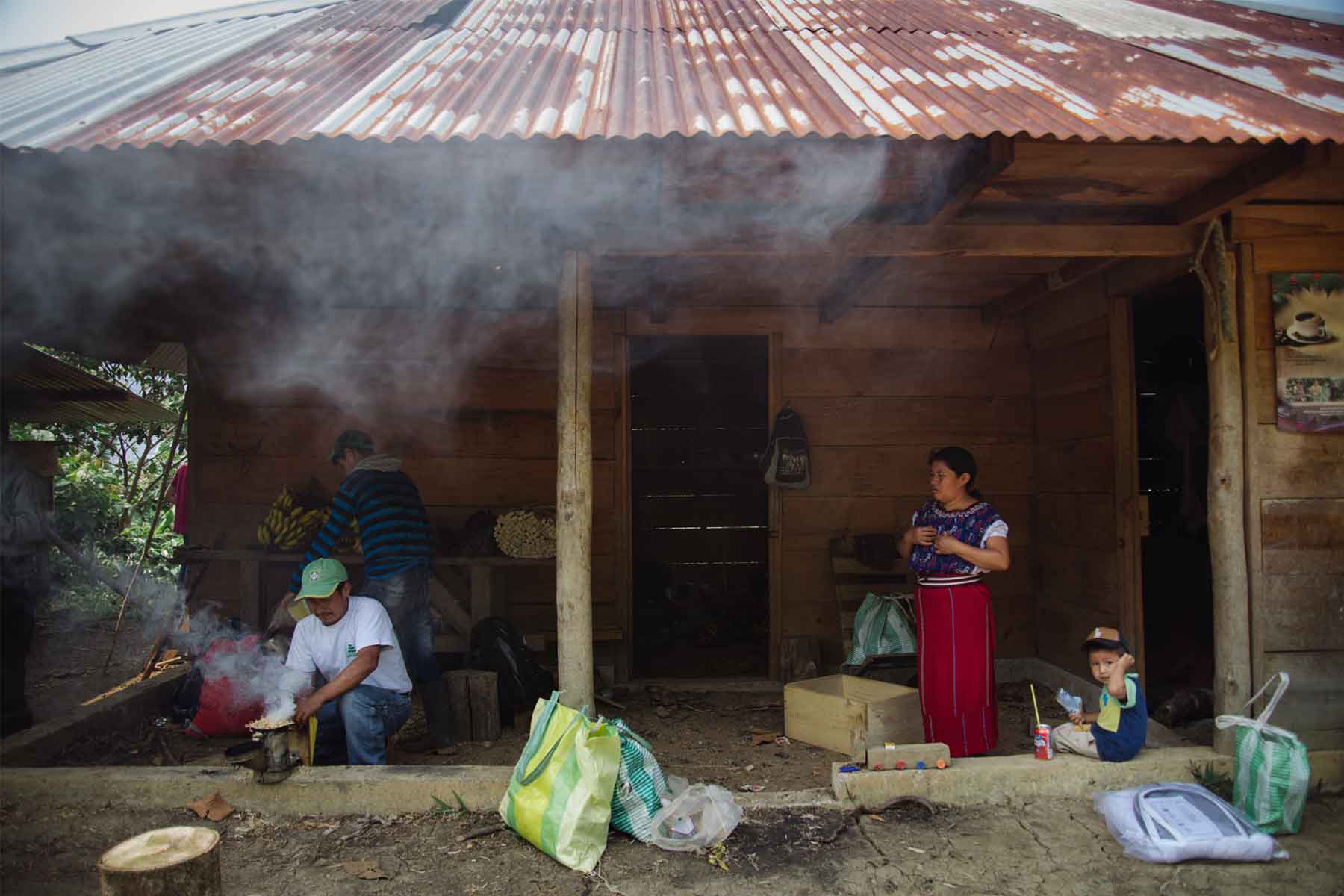
5 Steps To Fixing Fair Trade Coffee
Coffee farmers are some of the hardest working people on the planet. Typically one tree produces one pound of coffee per year. That’s 2,000 beans. That means a farmer needs to pick over 1,000 coffee cherries to produce one pound of coffee. And that doesn’t include the labor involved in processing the beans after picking. In spite of the fair trade movement coffee farmers only receive pennies for every pound you buy. This is because of the unintended fair trade coffee problems. There is a better way — fixing fair trade coffee.
Fixing Fair Trade Coffee Step #1:
Buy Coffee That Gives a Hand Up Not a Hand Out
If we will give coffee farmers a hand up instead of a hand out, they will work their way out of poverty. A hand up can take many forms. A hand up can be loans, education, and support. A hand up is supporting farmers in a way that enables them to work themselves out of poverty. If we simply provide hand outs in the form of food, materials for shelter, or medicine, we make ourselves the savior of the rural poor. By enabling coffee farmers to provide for themselves we allow them to have dignity and independence. At Camano Island Coffee Roasters the idea of a hand up instead of a hand out is a crucial tenet in helping coffee farmers eradicate poverty in their countries. It is an important first step in fixing fair trade coffee.
Fixing Fair Trade Coffee Step #2:
Buy Coffee That Promotes Land Ownership

Fair Trade International and Fair Trade USA require farmers to own land to participate. So many farmers, however, merely work for a larger coffee plantation. So before we can begin discussing, education or improved agronomy techniques, the coffee farmers need land to call their own.
One nonprofit that helps with this is Agros. Agros helps the rural poor in Central America to purchase their own land. Agros will work with the local community to buy a large tract of land. Then they divide the land into parcels for individual families based on the type of land, and the type of agricultural business the family plans to build. These families then work their business on their land and repay the loan to Agros in 7 – 10 years. Agros can then take these repaid funds and invest in another village further propagating the system.
Fixing Fair Trade Coffee Step #3:
Buy Coffee That Partners With Farmers In Utilizing Modern Agronomy Techniques
The next step in the journey to end poverty is education. Agros also helps farmers to improve their crop yields, through education. Agros employs a team of Agronomists who help their farmers improve their yields and also diversify their crops.
Fixing Fair Trade Coffee Step #4:
Buy Coffee That Helps Farmers Diversify Their Crops.
Agros also encourages farmers to diversify their crops — from chili pepper farming to tilapia fish farming. This diversification of their crops on their land ensures they always have something to eat or sell.
Another nonprofit we consistently support, Food 4 Farmers, also helps coffee farmers diversify their crops. Food 4 Farmers provides education and mentorship in diversifying crops and expanding businesses. One of the best examples of this is bee-keeping. To learn more about bee-keeping and the impact it had on one coffee farming family, click here. Even if pests or monsoons tear apart their coffee crop, these farmers have another way of providing for themselves.
Fixing Fair Trade Coffee Step #5:
Buy Coffee That Rewards Best Practices
One of the fair trade coffee problems is the unintended consequence of selling inferior beans as fair trade. A better approach is to reward farmers for cultivating the very best beans. Paying for excellence incentivizes farmers to do their best work and also gives them an opportunity to make much more per pound than lower quality coffees.
Organic coffee is a great example of the right incentive. The coffee tree is one of the most absorbent crops on the planet. It drives its flavor from the mix of minerals and type of soil in which it is grown. And, then consider that most coffee grows in the developing world. This results in a lack of pesticide regulation. Years ago here in the US we banned many of the same pesticides readily available in the developing world. Farming using dangerous, unregulated pesticides results in harmful exposure to carcinogens and also birth defects for farmers and their families. Also, what effect can these unregulated pesticides have on the coffee drinker?
Encouraging Shade Grown coffee is also very important to farmers due to the impact environmentally on their farms and their local environment. When big coffee moves into a region and clear cuts the forest to increase the total yield per acre, the unintended consequences can be soil erosion. Additionally, when the rainforest is removed, lasting damage is done to the environment and specifically bird habitat further damaging the ecosystem.
Farmers earn a higher price per pound for excellence. Encouraging farmers to cultivate the best tasting coffees ensures farmers receive the best price per pound possible. In addition to organic and shade grown coffee, Arabica beans help farmers earn more — simply because they taste amazing. The alternative Robusta contains twice the acidity and caffeine of Arabica. The easiest coffee beans to grow are robusta, but they also contain twice the caffeine and acidity. Robusta coffee gives very bitter flavor. Due to the better coffee experience, the market dictates a higher price per pound for Arabica. Why not reward farmers for providing a superior coffee experience.
Summary: Fixing Fair Trade
Buy coffee that gives a hand up not a hand out. Empower farmers to work themselves out of poverty sustainably.
Buy coffee that promotes land ownership. This gives farmers the foundation to work their way out of poverty.
Buy coffee that partners with farmers in utilizing modern agronomy techniques.
Buy coffee that helps farmers diversify their crops.
Buy coffee that rewards farmers for producing the highest quality coffees.
